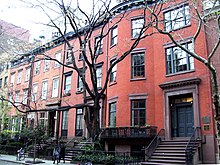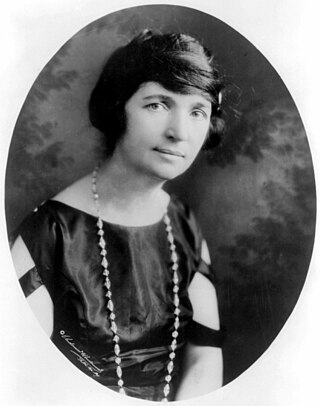
Margaret Higgins Sanger, also known as Margaret Sanger Slee, was an American birth control activist, sex educator, writer, and nurse. Sanger popularized the term "birth control", opened the first birth control clinic in the United States, and established organizations that evolved into the Planned Parenthood Federation of America.

Gregory Goodwin Pincus was an American biologist and researcher who co-invented the combined oral contraceptive pill.
The Planned Parenthood Federation of America, Inc. (PPFA), or simply Planned Parenthood, is a 501(c)(3) nonprofit organization that provides reproductive and sexual healthcare, and sexual education in the United States and globally. It is a member of the International Planned Parenthood Federation (IPPF).
The American Birth Control League (ABCL) was founded by Margaret Sanger in 1921 at the First American Birth Control Conference in New York City. The organization promoted the founding of birth control clinics and encouraged women to control their own fertility. In 1942, the league became the Planned Parenthood Federation of America.

Edris Roushan Rice-Wray, was a pioneer in medical research who helped to prove the worth of the oral contraceptive pill. Her work on the birth control injection pill is especially notable as medical research was influential in the creation of the birth control pill. Rice-Way headed a large scale, clinical trial of the first birth control pill in the late 1950s in Puerto Rico.
Clarence James Gamble, was an American medical doctor and the heir of the Procter and Gamble soap company fortune. He was an advocate of birth control and eugenics, and founded Pathfinder International.
Lena ("Lee") Levine was an American psychiatrist and gynecologist. She was a pioneering figure in the development of both marriage counseling and birth control. She was a close colleague of Margaret Sanger. At the time of her death she was director of the Margaret Sanger Research Bureau of New York and consulting gynecologist at the hygiene clinic of Brooklyn Jewish Hospital.

The Margaret Sanger Clinic is a historic building at 17 West 16th Street in Manhattan, New York City. Built in 1846, it is notable as the location of the Clinical Research Bureau, where birth control pioneer Margaret Sanger and her successors provided contraceptive services and conducted research from 1930 to 1973. The building was designated a New York City Landmark in 1976 for its Greek Revival architecture, and was declared a National Historic Landmark in 1993 for its association with Sanger.

Birth control, also known as contraception, anticonception, and fertility control, is the use of methods or devices to prevent unintended pregnancy. Birth control has been used since ancient times, but effective and safe methods of birth control only became available in the 20th century. Planning, making available, and using human birth control is called family planning. Some cultures limit or discourage access to birth control because they consider it to be morally, religiously, or politically undesirable.
The Negro Project, conceptualized by birth control activist Margaret Sanger and implemented by the Birth Control Federation of America, was an initiative to spread awareness of contraception to lower poverty rates in the South. Once the project received funding, it was taken out of Sanger's hands and taken over by the BFCA, who pushed funding into preexisting clinics. Dr. Clarence Gamble, physician and heir to the Proctor and Gamble soap company fortune, was an influential figure on the project, supervising and partially funding the endeavor. While the original plan for the Negro Project included educational outreach into black communities as well as the establishment of black-operated clinical resources, the project that was implemented deviated from this original design and was ultimately unsuccessful.
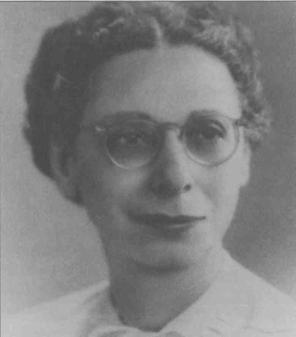
Bessie Louise Moses (1893-1965) was a U.S. gynecologist and obstetrician who advocated birth control practices for women.
John Charles Rock was an American obstetrician and gynecologist. He is best known for the major role he played in the development of the first birth control pill, colloquially called "the pill".

The birth control movement in the United States was a social reform campaign beginning in 1914 that aimed to increase the availability of contraception in the U.S. through education and legalization. The movement began in 1914 when a group of political radicals in New York City, led by Emma Goldman, Mary Dennett, and Margaret Sanger, became concerned about the hardships that childbirth and self-induced abortions brought to low-income women. Since contraception was considered to be obscene at the time, the activists targeted the Comstock laws, which prohibited distribution of any "obscene, lewd, and/or lascivious" materials through the mail. Hoping to provoke a favorable legal decision, Sanger deliberately broke the law by distributing The Woman Rebel, a newsletter containing a discussion of contraception. In 1916, Sanger opened the first birth control clinic in the United States, but the clinic was immediately shut down by police, and Sanger was sentenced to 30 days in jail.
The Birth Control Council of America (BCCA) was a short-lived organization that was established 1937 to reconcile the activities of the American Birth Control League (ABCL) and the Birth Control Clinical Research Bureau (BCCRB). The goal was to reduce redundancy, improve cooperation, and discuss the future of the birth control movement in the United States. The BCCA was created following the 1936 United States v. One Package of Japanese Pessaries federal court case, effectively removing legal obstacles limiting the ability of doctors to import, disseminate and prescribe contraceptives.
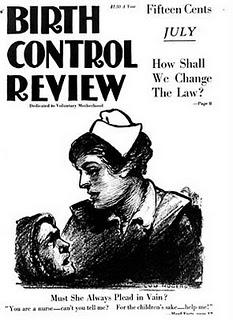
Birth Control Review was a lay magazine established and edited by Margaret Sanger in 1917, three years after her friend, Otto Bobsein, coined the term "birth control" to describe voluntary motherhood or the ability of a woman to space children "in keeping with a family's financial and health resources." Sanger published the first issue while imprisoned with Ethel Byrne, her sister, and Fannie Mindell for giving contraceptives and instruction to poor women at the Brownsville Clinic in New York. Sanger remained editor-in-chief until 1928, when she turned it over to the American Birth Control League. The last issue was published in January 1940.
The first large-scale human trial of the birth control pill was conducted by Gregory Pincus and John Rock in 1955 in Puerto Rico. Before the drug was approved as safe in the mainland U.S., many Puerto Rican women were used as test subjects. These trials are a major component in the history of the development of female oral contraceptives, occurring in between initial small trial testing on the east coast and the release of the drug for public consumption. As a result, women gained more independence as they were able to delay pregnancies. The trials are controversial because the Puerto Rican women were uninformed of the potential health and safety risks of the drug. There was a large amount of criticism coming from feminist circles surrounding the trial.
The Mountain Maternal Health League (MMHL) was established in 1936 to provide contraception to women living in rural Appalachian Kentucky.

Betty Mary Goetting was an American librarian, civic leader and women's rights activist. She is known for bringing Planned Parenthood to El Paso, Texas.
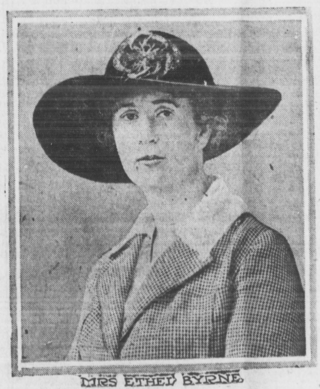
Ethel Byrne was an American Progressive Era radical feminist. She was the younger sister of birth control activist Margaret Sanger, and assisted her in this work.
Florence Rose was an American birth control activist, perhaps best known for serving as the secretary of Margaret Sanger for more than a decade.
